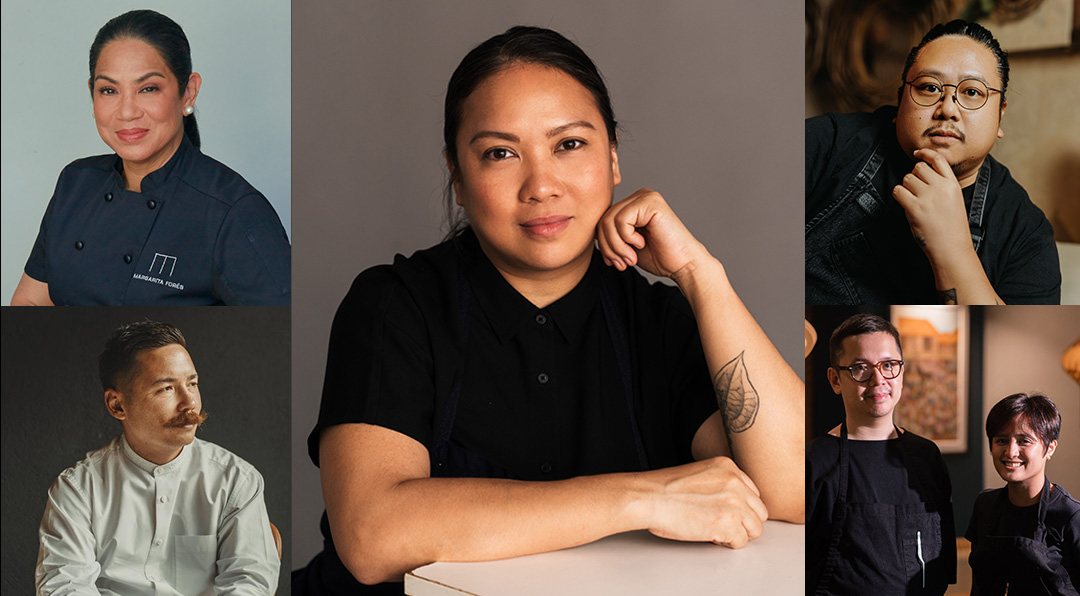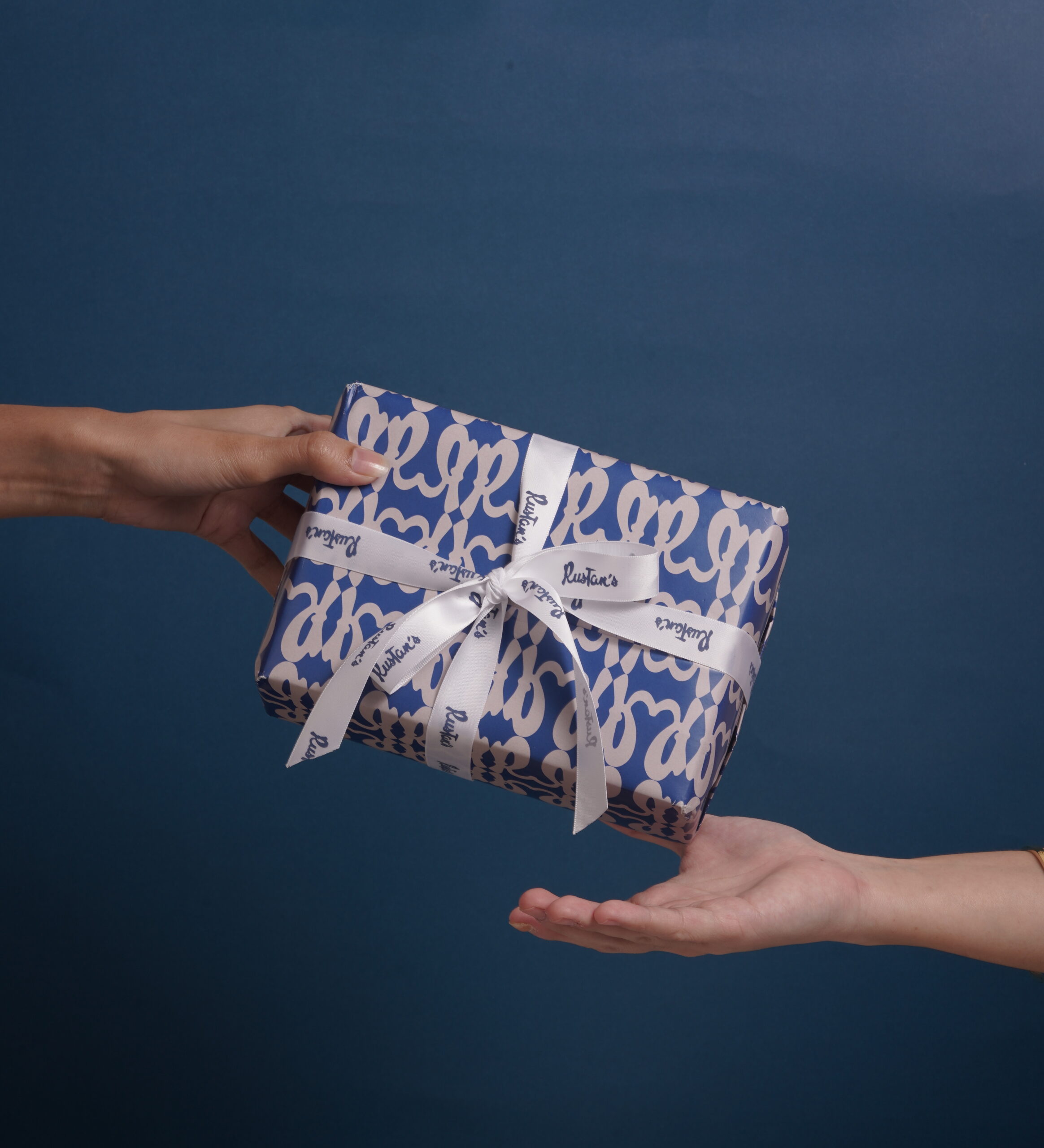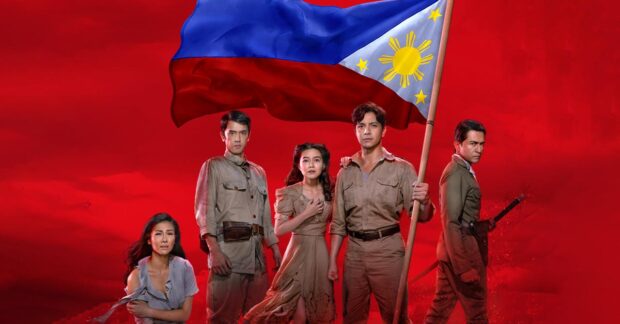Towns in the 1930s up to the 1950s were walking towns, with clean and peaceful streets lined with wooden houses where neighborly folk lived. There were no jeeps, tricycles and motorcycles that clogged the thoroughfares—only buses that departed every hour for the 25-km trip to the provincial capital.
We were used to walking barefoot most of the time. Every morning I took the shortcut from our house to the elementary school. The shortcut was a narrow footpath that winded up and down, with my feet landing on the soft soil in a hop, skip and jump way. I crossed the dry riverbed and went up the slope to cross the gravel road.
Half-running, I climbed the terraced grounds all the way to the schoolyard, where all my classmates in Grade 6 assembled for the morning flag ceremony. I always made it in the nick of time—all in a two-minute breathtaking dash. My feet enjoyed the run with steps up and down the path, my sole and toes gripped the soil and the big boulders on the riverbed while my legs kept the balance and agility of my movement.
Majayjay, my hometown, was hilly, with lots of forests, brooks and streams, rice paddies and coconut groves. It’s a walking town with narrow, winding streets lined with houses huddled close to keep people warm on cold, foggy afternoons and rain-drenched typhoon months of June and July.
Streams crisscrossed the town, and there were seven tulay na bato (stone bridges) leading to the town plaza, where a huge 400-year-old stone church stood. Nearby was the stairway statue of our national hero, Dr. José Rizal, and the American era-built municipio.
‘Pagupit ka na!’
My routine walk doing most errands started at the labas ng bayan. A few meters away was my barbershop. Mang Tino, the barber, would call out loud, “Minyong! Pagupit ka na!” I turned right to San Miguel, and the smell of burnt bibingka wafts from Aling Lucena’s kalan and on to Ma Hinyo’s store, where I usually bought lard, salt, matches and kerosene for our gas lamps that I lit for Lola’s escritorio every evening.
I crossed a tulay na bato going to Ermita, where my friend Miling, the laughing lady, tended her sari-sari store below the house owned by Lolo Elo. Down the road was the big, old worn-down bahay-na-bato abandoned by the Ordovezas when they relocated to Bay.
A little further right was the quaint house of my Lolo Tanoy, surrounded by capiz windows and topped with a roof made of itim na yunot (black bark of a palm tree), which looked like a giant woman’s hair.
At the bend stood the tall concrete house with a beautiful balcony owned by Dr. Cecilio Villaraza. Dr. Villaraza was the town’s busiest doctor, who made house calls even in the middle of the night.
On the north perimeter of Majayjay lived the folk who tilled their land in the barrios, nestled in the high-altitude part of Mt. Banahao. Majayjay folk who lived and commuted barefoot in these “bulubundukin” barrios grew plentiful tomatoes, radishes, sayote and pipino on the rich volcanic soil on the slopes of Mt. Banahao. Horse and carabao trails crisscrossed the barrios to carry vegetable harvests to the lowlands.
High above the midsection of Mt. Banahao was the wild, uncharted forest and meadows where Mang Juanching, the barefoot mangangaso, hunted wild game. He used dogs to track wild deer and wild boars. Mang Juanching came to Lola’s house bringing cavans of rice hitched on his workhorse. He was the perfect model of a barefoot village worker with wide feet, thick soles, well-muscled and strong legs.
“Sasaka sa Bayucain” and “magbaba ng niyog” were occasions for my Lola to visit her hinterland rice and coconut farms in Barrio Bayucain. She often took me along on a seven-kilometer barefoot walk, four kilometers on gravel road from our house up to pagliko sa Olya, where we turned left, taking the earthen footpath for another three-kilometer walk in the coconut grove.
Guava trees
We reached wide patches of lots full of guava trees heavy with ripened guavas being feasted upon noisily by birds like maya, alagao, kulyawan and uwak.
Mang Sano, Lola’s kasama, would harvest sacks of those guavas and bring them to Inay Aurea, who made them into sweet guava jellies and jams.
To reach Bayucain, we had to traverse terraced rice paddies submerged in irrigation water. It was a playful walk that called for sharp awareness of where your foot landed next. I had to be nimble while taking on the footpath, about eight inches wide, enough for a foot to step on, but if you missed, you fell into the soupy mud!
My feet had to feel the earth surface with a heel and toe grip to prevent slips, my body needed the right gait to balance my movement on top of the paddy. My Lola walked fast with sure steps on the rice paddy footpaths. She grew up in Barrio Bayucain, helping her parents on the rice farm and with household tasks.
The Patron brothers, Mang Tano, Mang Nardo and Mang Sano, were the kasama of my Lola in Bayucain. They were the caretakers and field workers who shared the harvest with my Lola. They lived in elevated bamboo houses with their families. We joined them for lunch, and they served delicious barrio foods, such as sinuam na suso sa luya and guinataang kuhol.
They lived simple lives, and felt secure if they could feed their families three meals a day. They were very kind and helpful people. Once, in Bayucain with my Inay Aurea, I suddenly caught malaria and ran a high fever. Mang Nardo put me snug in his carabao sled and ferried me to town so that I could be brought to the doctor right away.
I have not been to Bayucain since I left for Manila to study and work. It has been 70 years since then. My Lola and the Patrons passed away a long time ago. Bayucain is not the same without my Lola and the Patrons, the barefoot folk I remembered with fondness.
When I pray for the poor souls in purgatory, I mention all their names.
E-mail [email protected]












































